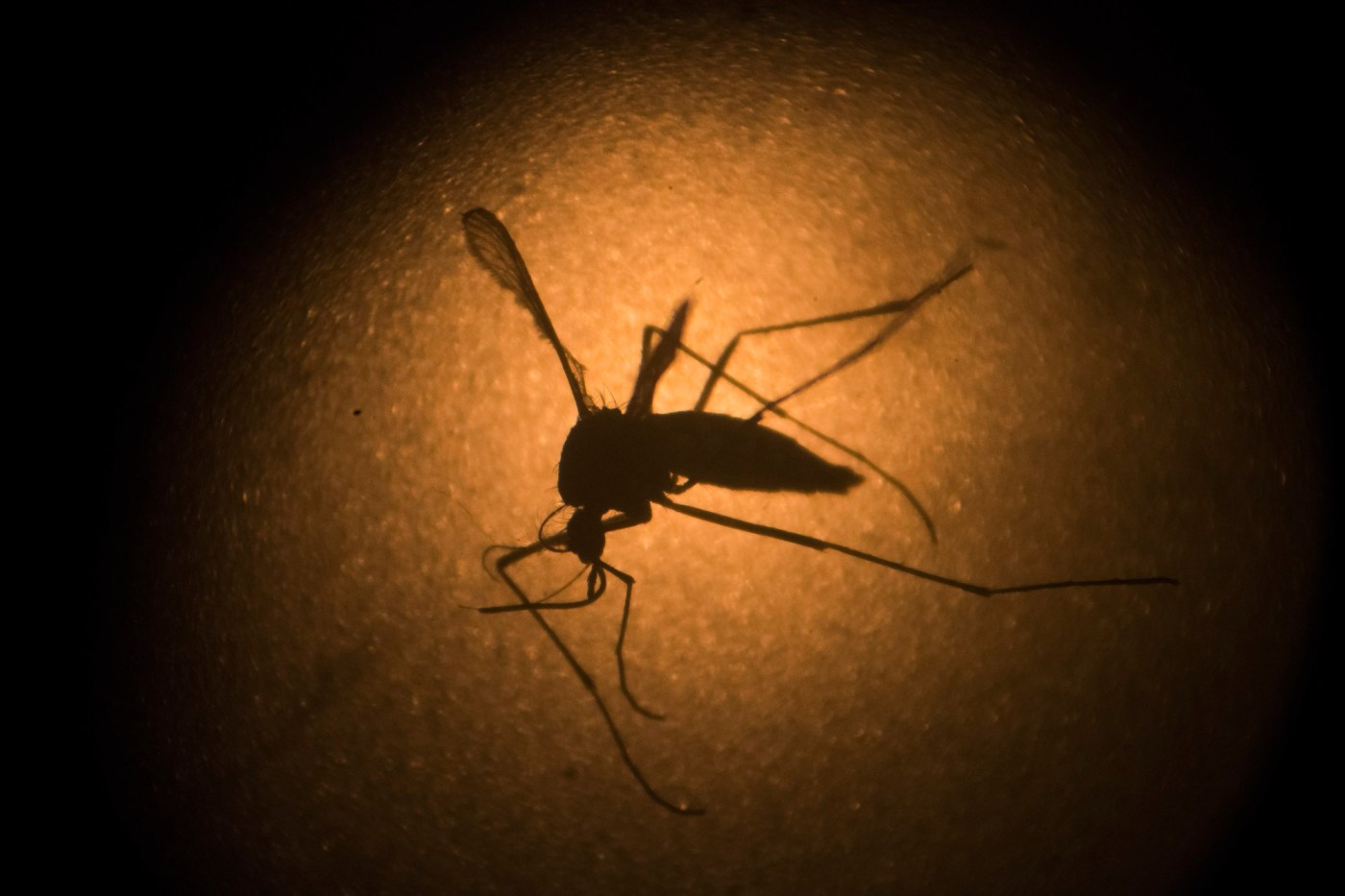Mosquito season has arrived in Southern California. That means more mosquitoes will be flying around looking for someone to bite.
“There’s not a lot of things that we can all agree on, especially in this day and age, right? But if there’s one thing that can bring us together, it’s that mosquitoes suck,” said Brian Brannon, a spokesperson with the Orange County Mosquito and Vector Control District. He said he meant that literally and figuratively.
To lower nuisance populations and reduce disease transmission, the district has a new project that sterilizes small male mosquitoes: the invasive Aedes aegypti.
The small black and white mosquito originates from West Africa and was first discovered flying around Orange County in 2015 and has since increased in population, said Amber Semrow, director of scientific technical services with OC Vector.
“We’re not reinventing the wheel,” said Semrow. The idea of sterilizing pesky pests came from a 1996 joint program between the California Department of Food and Agriculture and the U.S. Agriculture Department that had jets release sterile Mediterranean fruit flies over the Los Angeles Basin to slow a surge of insects threatening agriculture in California.
OC Vector hopes that by utilizing a sterile insect technique that the sterilized males will outcompete the non-sterilized males. To do that, vector personnel will be releasing up to 100,000 sterilized male mosquitoes every week in Mission Viejo beginning in May until sometime in the fall.
So, how is a teeny tiny mosquito sterilized? Well, it begins in a lab inside the OC Vector facility.
The lab breeding Aedes mosquitoes has a colony of over 100,000. Once the mosquito larvae grow into pupae, the males and females are separated before joining the lab’s colony.
To limit movement, the adult males are “chilled” in a 39-degree refrigerator, then put into a small plastic chamber where they are then placed into an x-ray machine that uses electricity to sterilize them.
In order for vector lab officials to tell the difference between sterilized and wild mosquitoes, lab-born mosquitoes are “dusted” with a fluorescent pigment. Then they are ready to be released.
And no, you won’t be seeing pink mosquitoes in the wild, the bright color can only be seen under an ultra violet light.
The pink dusting will differentiate sterilized from non-sterilized mosquitoes when they’re collected as samples. Those will give officials information about the range and longevity of the sterilized mosquitoes, as well as the ratio of wild to sterilized ones.
“We don’t have to completely get rid of them to reduce the risk of transmission,” said vector ecologist Tim Morgan.
Officials are most concerned with the spread of the Dengue virus, and symptoms can include severe fevers and headaches. Orange County had 54 cases last year that came from people who had traveled internationally. Aedes aegypti can also spread the zika and chikungunya viruses.
So what can residents do to lower mosquito populations in their area? Semrow recommended folks regularly walk around their property to make sure no standing water has collected.
“Try to really make it a habit. Kind of like when we use our seat belts, right? You just want it to become second nature to go out in the yard after a rain or at least once a week,” Semrow said.
Aedes mosquitoes don’t need a lot to thrive, as they can lay their eggs in something as small as an upturned water bottle cap.
If residents are having mosquito troubles in their neighborhood, the OC Mosquito and Vector Control District can be contacted by calling (714) 971-2421 or (949) 654-2421.
